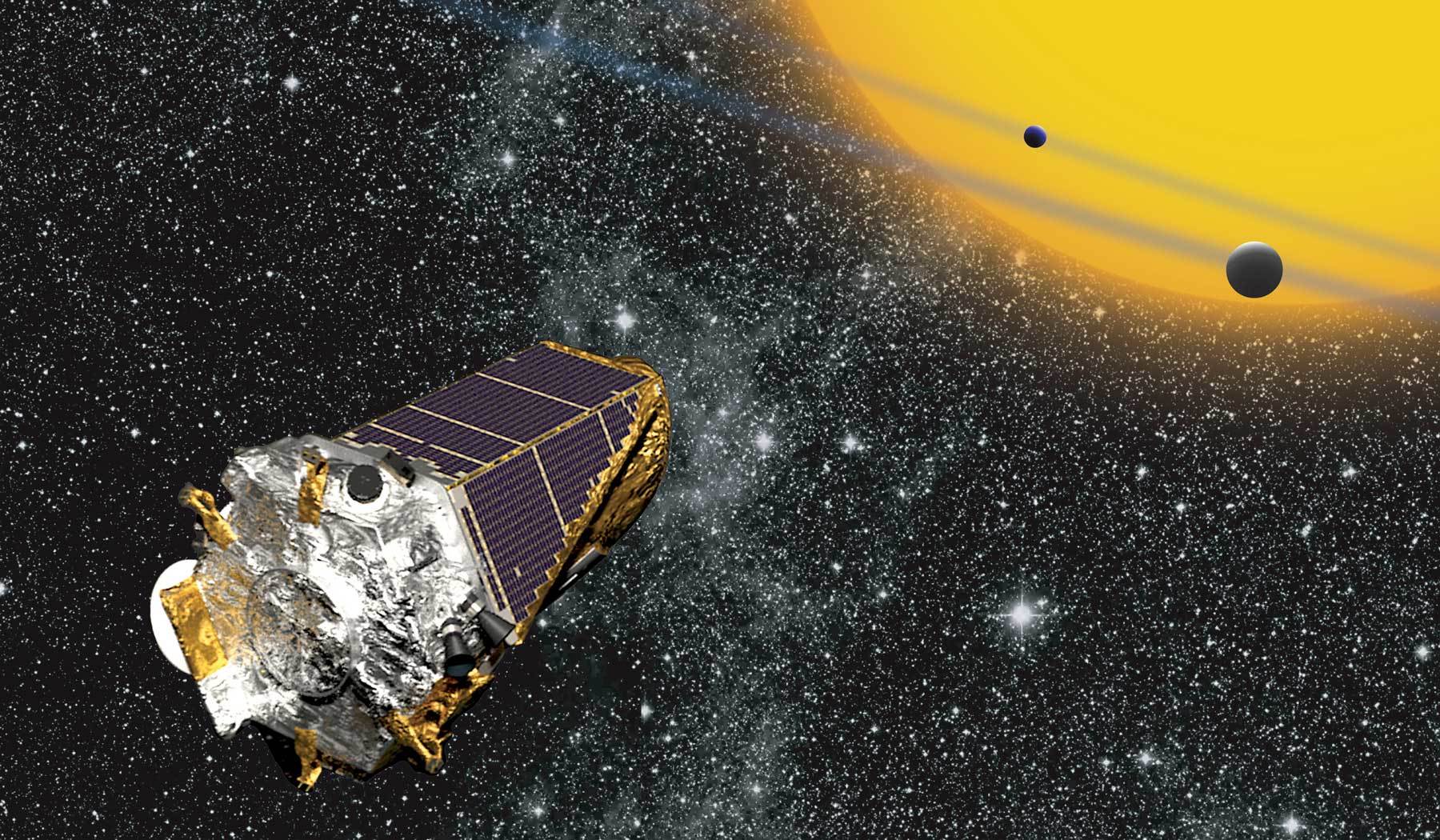4 min read

By Pat Brennan,
NASA's Exoplanet Exploration Program
Asteroids and exoplanets: NASA’s versatile astrophysicist, Jessie Dotson, has both topics covered, and a lot more besides. Dotson is the Project Scientist for the NASA Kepler space telescope’s K2 mission. She also leads the characterization team for a research effort she helped create, the Asteroid Threat Assessment Project.

She works at the NASA Ames Research Center in California's Silicon Valley, where she established the Kepler Guest Observer Office, and where she served for six years as branch chief for astrophysics – a hive of about 60 researchers who investigate asteroids, exoplanets (planets around other stars), galaxies and astrochemistry. Before that, Dotson served as instrument scientist for NASA's Stratospheric Observatory for Infrared Astronomy (SOFIA) mission, a 747 fitted with a sophisticated telescope to view the universe in infrared light.
Dotson also has developed cameras, spectrometers for analyzing light, and other instruments. These have been used in ground, airborne and space-based observatories.
She caught her breath recently to discuss her work on Kepler, and Kepler’s influence on scientific culture.
I actually split my time between two things. I’m project scientist for K2, and I really see my role there as enabling the scientific community to get the most they can out of this fantastic telescope and data set that NASA has created. The other thing I spend time on right now – I’m part of a project at Ames, the Asteroid Threat Assessment Project. We’re actually trying to better understand what the threat is to humanity on all different scales due to an asteroid impact.
I think when you find a question you’re interested in pursuing, be brave and pursue it.

Jessie Dotson
NASA astrophysicist
Some days it’s very complicated. I have this split personality. Other days I look at it [like this]: I get to work on the most interesting things at the coolest agency ever.
We’re getting close to what we call the “closeout” of Kepler, where the final catalog of planet detections for the prime Kepler mission (2009-2013) is going to be finished up. The spacecraft is going to continue operating as the K2 mission until we run out of fuel. It might be nine months from now, it might be 18 months from now; we don’t know. It’s not forever.
I think the Kepler spacecraft in both mission incarnations, Kepler and K2, has had a significant impact. Kepler, no doubt, completely changed the field of exoplanets, and changed our awareness of how plentiful they are. But I think it also changed the sociology of the field. Before Kepler, every exoplanet was precious and it was a very closed field. But as they became more and more prevalent and we knew there weren’t just a few, but thousands and thousands of them, and as the Kepler mission went on, we started making the data public right away. Now, K2 makes it public right away also.
The sociology of the entire field has changed. [On March 8], K2 made raw data from its Campaign 12 public at 9 a.m. East Coast time. (The data included TRAPPIST-1, a system of seven Earth-sized planets first revealed by a collaboration of NASA's Spitzer Space Telescope and ground-based telescopes.) That day, people were finding new things about the star and posting all this stuff in real time on Twitter. Sixty hours after the raw data was released, a 36-page paper with 32 authors from seven countries was submitted to a journal. When you open up a field, this is what happens.
K2 is helping us find planets in very different kinds of systems than Kepler did, because we’re looking at a wider variety of regions in the sky and we’re finding young planets, disintegrating planets around white dwarfs, just to name a few. We get data on planets around nearby stars and brighter stars, so we’ll be able to characterize these planets more precisely with subsequent follow up observations.
I think when you find a question you’re interested in pursuing, be brave and pursue it. You might have to adjust as you learn more. When pursuing science, you have to be realistic. But it helps to be a little bit fearless. And it’s okay to be fearless.







